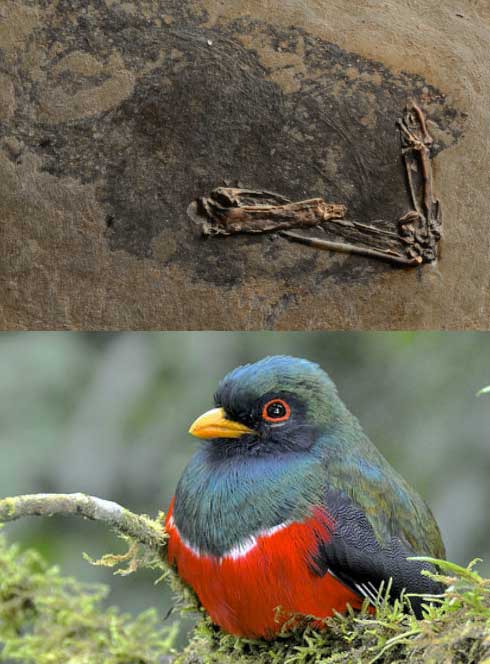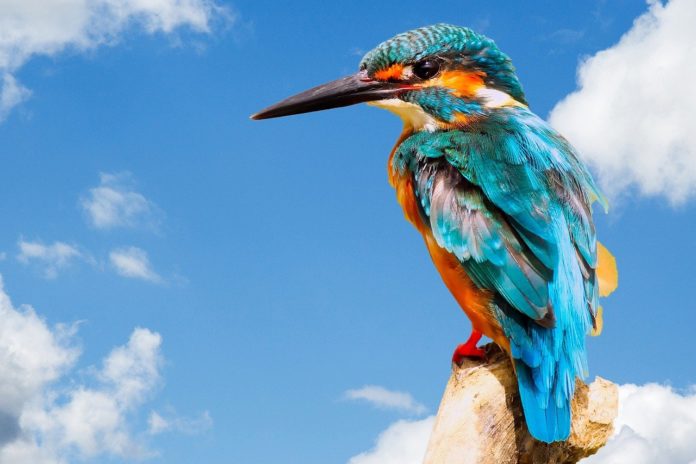We’re captivated when we see something in nature with a multitude of colors or when the colors seem to change depending on our point of view. This phenomenon is also known as Iridescence, which is responsible for some of the most striking visual displays in the animal kingdom.
For example, bird feathers are formed by layers of melanin‐containing melanosomes. The morphology of melanosomes in iridescent feathers is known to differ, however, the degree of this diversity and when it advanced is unknown.
Enlighting on this phenomenon, scientists now have uncovered how this color diversity evolved.

In a new study by the team Bristol, scientists took a gander at feathers from almost 100 modern bird species using electron microscopy. They then compared them to fossilized species to observe their evolution.
They found that the iridescent feathers contain the most varied melanosome morphologies of all shading examined to date. In contrast to black, grey, and brown feathers that dependably contain solid melanosomes, iridescent feathers can contain melanosomes that are hollow as well as flattened.
Lead author Klara Nordén, who conducted the study during her undergraduate years at Bristol’s School of Earth Sciences, said, “We found that melanosomes in modern iridescent feathers are more diverse in shape than those found in grey, black or brown feathers combined (that also contain melanosomes). It is already known that structural coloration is responsible for 70 percent of the color variability in birds. These two facts might be coupled – birds evolved varied forms of melanosomes to achieve ever greater diversity in color.”
“I wanted to find out if we could improve current predictive models for fossil color based on melanosome morphology by including all types of melanosomes found in iridescent feathers.”

Dr. Jakob Vinther, a co-author of the study and a leading researcher in the field of paleocolour at Bristol’s School of Biological Sciences, had already collected the perfect fossil samples to test the new model on.
He said, “We had sampled Scaniacypselus, related to modern tree swifts, and Primotrogon, ancestor to modern trogons. These groups are iridescent today and have flat and hollow melanosomes. Did their 48-million-year-old ancestors from Germany also have iridescent plumage?”
“Interestingly, the model predicted that Primotrogon probably was iridescent, but it used solid rather than hollow melanosomes, unlike its modern descendants.”
Klara said, “This demonstrates how we now have the tools to map out the evolution of iridescence in fossil lineages. It opens the door to many new discoveries of dazzling displays in fossil birds and other dinosaurs.”
Scientists are further planning to examine why birds utilize such a diversity of melanosome types in iridescent feathers. These insights could ultimately enhance our understanding of why fossil birds or dinosaurs might have used such morphologies, revealing something about their behavior.
Journal Reference
- Klara K. Nordén, Jaeike W. Faber, Frane Babarović, Thomas L. Stubbs, Tara Selly, James D. Schiffbauer, Petra Peharec Štefanić, Gerald Mayr, Fiann M. Smithwick, Jakob Vinther. Melanosome diversity and convergence in the evolution of iridescent avian feathers—Implications for paleocolor reconstruction. Evolution DOI: 10.1111/evo.13641
